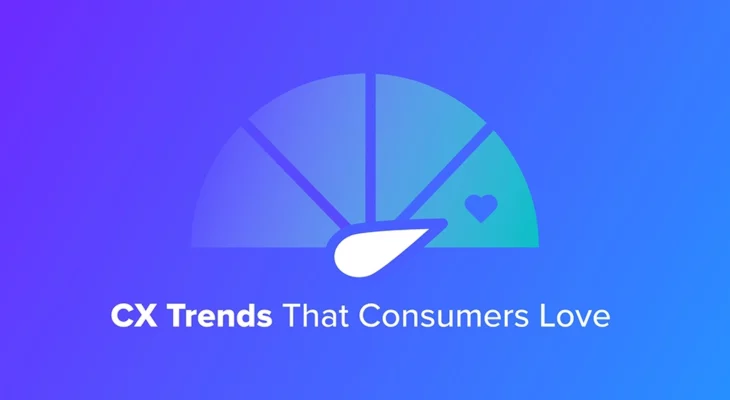Virtually all businesses have been touched by digital transformation in 2020 — it’s nearly impossible to operate apart from the online world. From the corner deli, to multi-billion dollar corporations, it’s been a slow journey to having organizations digitize from the ground up while still maintaining brand tenants from brick-and-mortar beginnings. There’s no definitive guide for how this process should be managed, and this leaves business largely in the dark: by what standard should businesses in a digital world make their CX decisions?
The answer is simple, tried, and true. Customers have always been and should remain at the heart of everything businesses do — especially in marketing. The only thing that’s really changed is how businesses interact with their customers. For 21% of companies, this digital transformation is complete (by their own measure). Don’t fall into that group? Don’t fret. Start by aligning your marketing and customer experience initiatives with the wants of your customers. And, we have a few ideas — given that Valentine’s Day has just come and gone, here are some customer experiences trends and techniques customers love.



